This website uses a variety of cookies, which you consent to if you continue to use this site. You can read our Privacy Policy for
details about how these cookies are used, and to grant or withdraw your consent for certain types of cookies.
Category - HS / H / HL Flumes
Blog
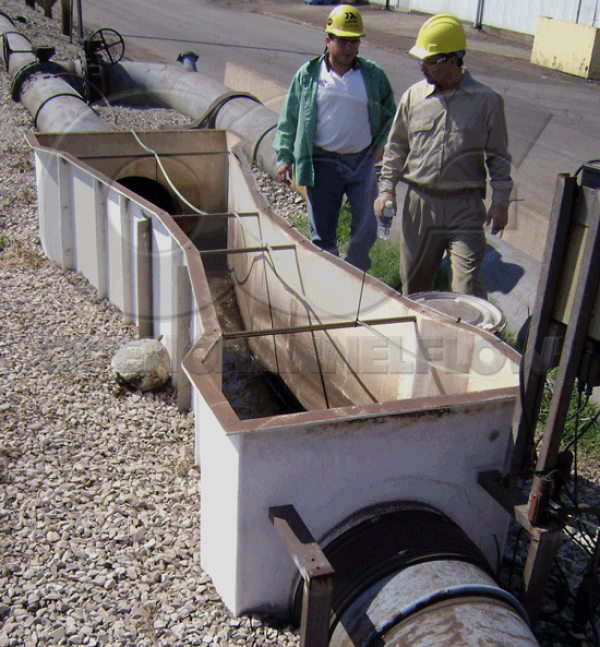
Upstream / Downstream Pipe Slope and Straight Runs for Flumes
Time and again, we get questions on pipe slope and straight run requirements from customers looking to connect flumes to piping. The questions that usually come up are: What is the maximum upstream pipe slope I can come into a flume with? How many straight runs of pipe do I need…

Parshall Flumes versus Cutthroat Flumes
Part of applying a flume is the selection of one flume type over another.
Here we compare Parshall flumes with Cutthroat flumes in:
Design
Accuracy
Submergence
End connections
Sizes
to help you to compare between the two flume types.
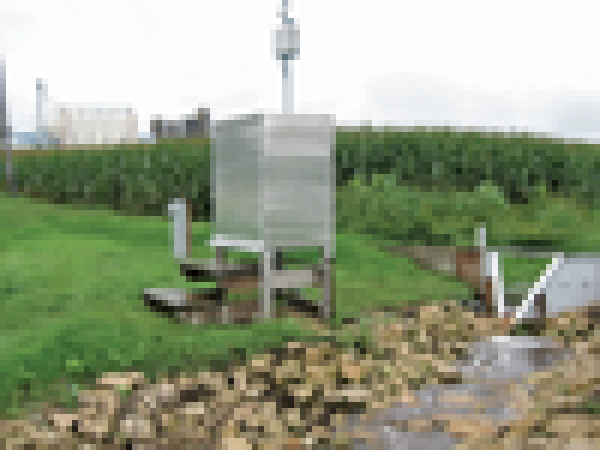
H Flume Maintenance
The H series of flumes have shown themselves to be excellent at monitoring flows in irrigation channels and even industrial discharges. One of the reasons that H flumes work so well is their ability to pass solids. Another advantage of H flumes is their ability to…
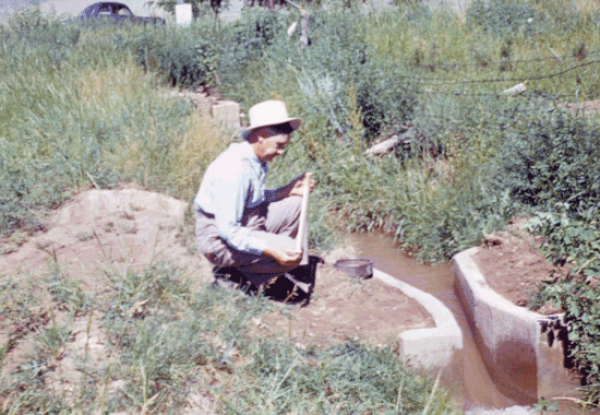
Concrete Parshall Flumes for Flow Measurement
Periodically we are asked the question: Can Parshall flumes be made out of concrete? The answer is: yes, they can (but they usually aren’t)! The use of concrete in makiing Parshall flumes is limited by a number of factors: Ready availability of fiberglass…
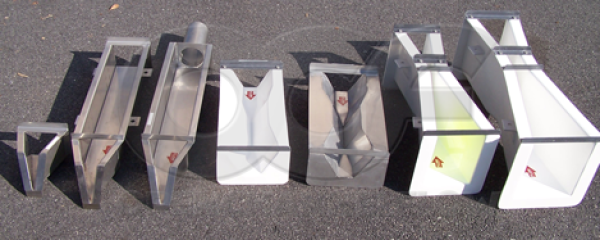
5 Things to Look for in a Flume Manufacturer
Historically, flume manufacturers have been like mattress salesmen – they made it difficult to find the information that you need so that you can compare among offerings. In comparing among flume manufacturers keep these 5 things in mind: Are flumes a main product line for…

Galvanized Steel Parshall Flumes for Irrigation Channels
The use of galvanized steel Parshall flumes is common in measuring water rights on irrigation channels. So much so they are almost the default flume / material of construction! In fact, some states specify the use of Parshall flumes by law for certain situations and…
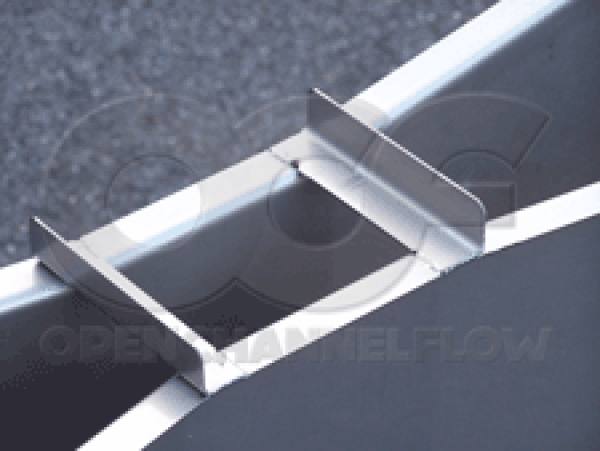
The 4" Parshall Flume
Of all the various sizes of Parshall Flumes that we offer, the 4-inch Parshall flume is one of the most popular. Whether in fiberglass, galvanized, or stainless steel, we get a lot of inquires for this particular size. There’s only one problem…the 4-inch Parshall…
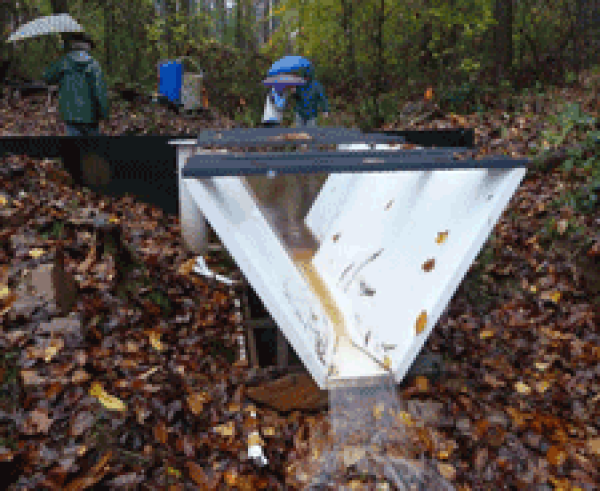
Simplified Trapezoidal Flume Discharge Equations
One of the problems in applying Trapezoidal flumes has been that many of the flumes lack free-flow discharge equations in the standard (and short) format availale for other popular flumes.
A solution to this problem in presented by Utah State University...

How Much Do Fiberglass (FRP) Parshall Flumes Cost?
Since the Parshall flume is the most commonly applied flume in North America and fiberglass the most common material, it is not uncommon when talking with a customer for the first time to be asked: so how much does a fiberglass Parshall flume cost anyway? Finding out this…

Universal Equation for Parshall Flume Submergence
In the past, calculating the flow in a submerged Parshall flume has been difficult. The solutions available were graphs (Robinson, Bureau of Reclamation), limited (size) equations (Wahl), or long, complex equations (ISO 9826:1992). A better solution was need –…

Staff-Level Gauges for Water Level Measurement
Staff ("head" or "level") gauges provide a quick, visual indication of the level of water in a channel, flume, or weir. Although they should not be solely relied on when more precise level measurement devices are available, staff gauges allow operators to quickly gauge the…

Correcting Flume Hydraulics with Replacement Floors
Replacement floors (AKA “magic bottoms” or “false floors”) are a way of correcting flume hydraulics without the need for costly demolition and construction. These floors can be used to correct: Low floor elevations due to poor installation Submergence due…

LOCATIONS IN ATLANTA, GA & BOISE, ID

